Park To Park: 7 Great Attractions Between Glacier and Yellowstone Parks
With 3 Bonus Spots!
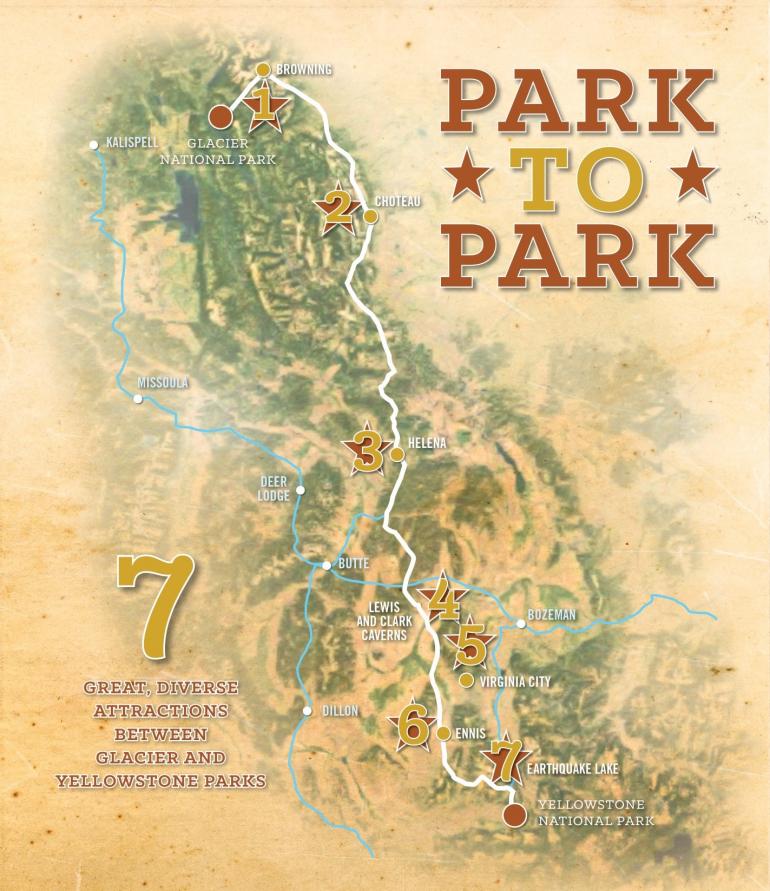
No-one can deny the popularity of Montana as a summer destination. After all, it does have two of our most popular national parks, Glacier and Yellowstone (shared with Wyoming and Idaho), each attracting more than 3 million visitors per year. It is about 360 mile, 6 hour drive between East Glacier in the west to West Yellowstone in the east. That is easily doable in a day, and probably many visitors to each park do just that – drive it in one day. But Montana is more than a two park “Bucket List”. The road between Yellowstone and Glacier offers the less rushed traveler ample opportunities to discover Montana’s renowned “big sky”, its beautiful mountains, blue-ribbon trout streams, as well as its rich cultural heritage, making the drive between the two parks a much more enjoyable and enriching experience. Here are ten attractions along the way to give a taste of the state’s diversity.
Leaving East Glacier on US Highway 2 under the watchful gaze of two Blackfeet Braves is a reminder that the first part of this journey is across sovereign tribal land. Reaching Browning, the center of the Blackfeet Nation, is the Museum of the Plains Indian. The museum has a beautiful collection of historic arts created by Northern Plains Tribal Peoples including, the Blackfeet, Crow, Northern Cheyenne, Sioux, Assiniboine, Salish, Chippewa, and Cree. This is a great place to take in and appreciate the rich history and culture of the Native Peoples found within Montana’s borders.
Further down Highway 89 are the towns of Bynum and Choteau. This is dinosaur country, and each of these towns hosts museums that are part of the statewide “Montana Dinosaur Trail”, which also includes the world-renown Museum of the Rockies in Bozeman. In Choteau, the Old Trail Museum displays a life-size Maiasaura, the Montana State Fossil. Other paleontology exhibits in the gallery include a dinosaur skull cast of Einiosaurus, a cast of meat-eating dinosaurs, dinosaur footprints, claws, eggs, nests, and babies.
If you want a more “hands-on” experience, check out the Two Medicine Dinosaur Center in Bynum. They offer public, hands-on dinosaur dig programs throughout the summer. These programs run from a half-day site tour to a two-week long Paleo Training Course. Advanced registration is required.
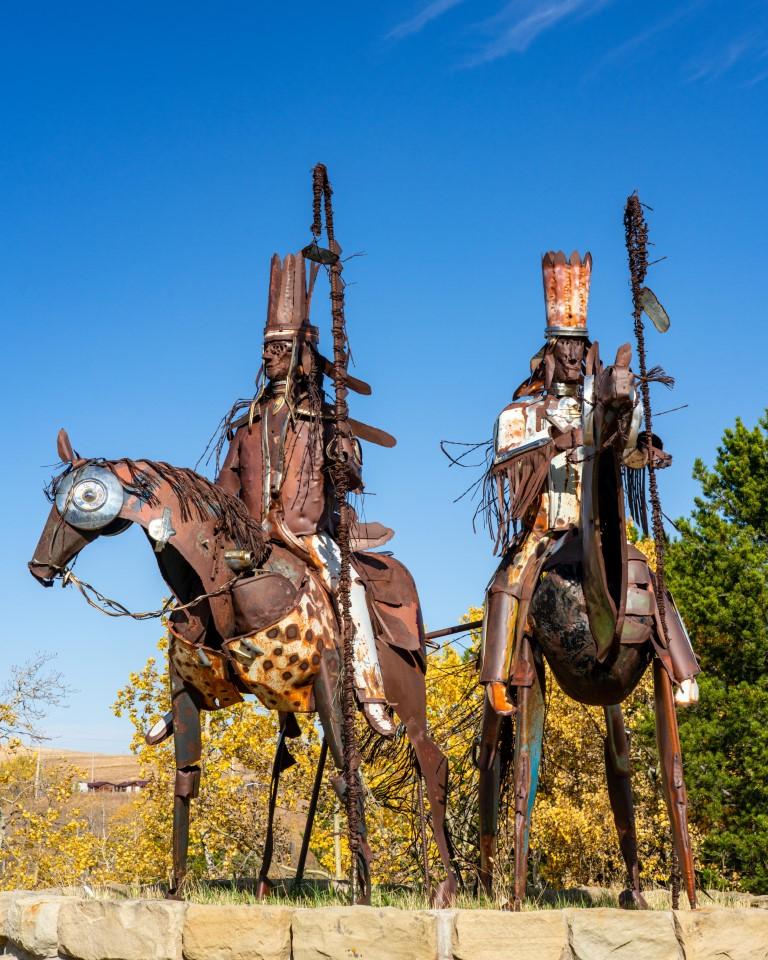
To the east of the highway from Choteau to Wolf Creek rises Montana’s Rocky Mountain Front . This is where the northern Great Plains meet Rocky Mountains in a dramatic convergence of cliffs and rolling grassy hills. It is one of the most biologically rich regions in the US, providing exceptional habitat for a wide range of birds and animals. Rivers, such as the Teton, Sun and Dearborn form natural access routes into this area for exploration. The legendary Bob Marshall Wilderness lies just behind these cliffs.Dotted along the Front are several Montana State Wildlife Management Areas (WMA), such as Blackleaf, Ear Mountain and Sun River WMAs, as well as 6 BLM Outstanding Natural Areas (ONA). These all work together to form an integrated patchwork to help protect the incredible diversity of species, both fauna and flora, as well as make them available for public use, for activities such as wildlife viewing, hiking, fishing, and general appreciation of this truly unique region.
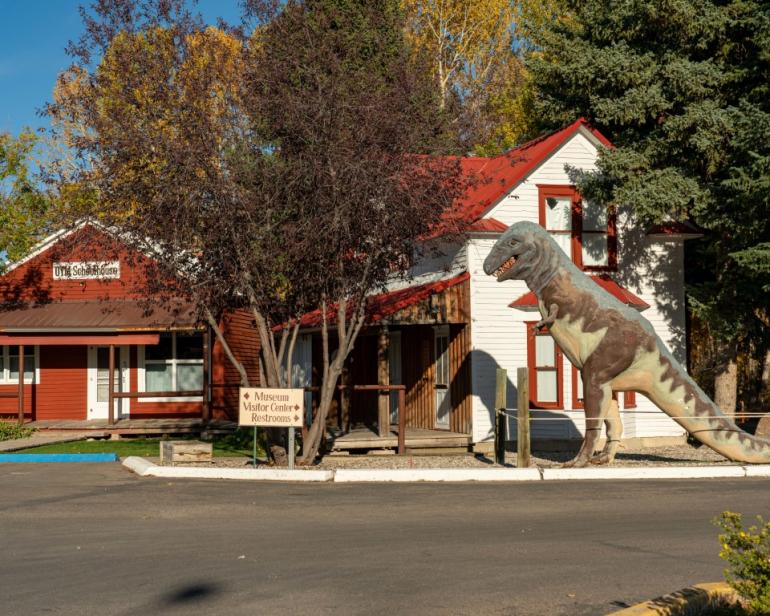
Just down the road from Wolf Creek lies Montana’s capitol – Helena. The copper-domed state capitol building houses several important murals featuring themes from Montana's colorful past, including one by renowned Montana artist, Charles M. Russell that depicts the meeting between the Salish Indians and explorers Lewis and Clark.
Helena also makes for a good jumping-off point to further explore some of Montana's best scenery, including fishing the Blackfoot and Missouri Rivers and hiking along the nearby Continental Divide National Scenic Trail. Just north of Helena is the spectacular 1,200-foot tall limestone canyon walls of the Gates of the Mountains Wilderness Area, aptly named by Meriwether Lewis when the Corps of Discovery passed through the area.
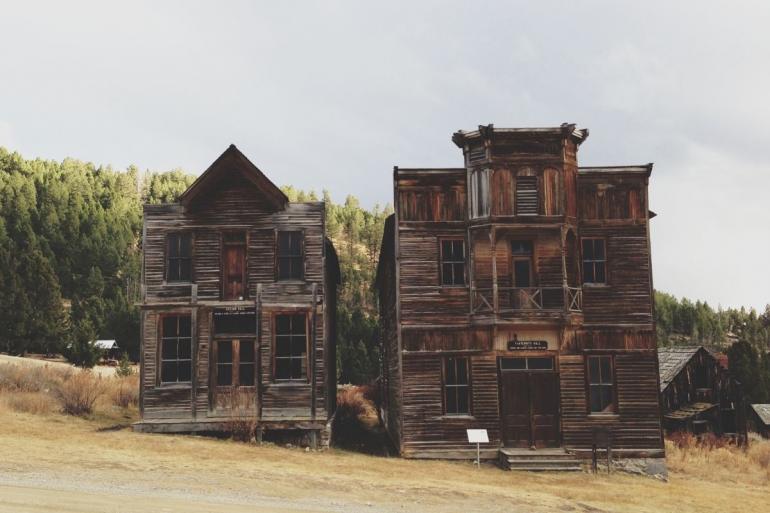
If you are into ghost towns, then a slight detour at Boulder is well worth the trip. A short drive along the beautiful Boulder River, and up a picturesque small valley brings you to Elkhorn. During its heyday, Elkhorn swelled to over 2,500 people. However, by the end of the nineteenth century, its population had plummeted when the silver had played out, and the town was hit with a diphtheria epidemic.
Today there are several original buildings, cabins, and abandoned mines to explore. The most famous and best-preserved of these is the duo of Gillian and Fraternity Halls. They sport iconic architecture of that period and have endured time, neglect and heavy snows to become some of Montana’s most photographed buildings.
At Cardwell on I-90, instead of heading south on 359, take the more scenic Highway 2 along the Jefferson River. Around the corner you will find Lewis and Clark Caverns State Park, Montana’s first and most well-known state park. It features one of the largest known limestone caverns in the Northwest and park staff lead regular, safe, guided tours. These spectacular caves are lined with stalactites, stalagmites, columns, helictites. Outside the caverns, there are many hiking and biking trails and a campground which includes cabins, tipis, and group campsites.
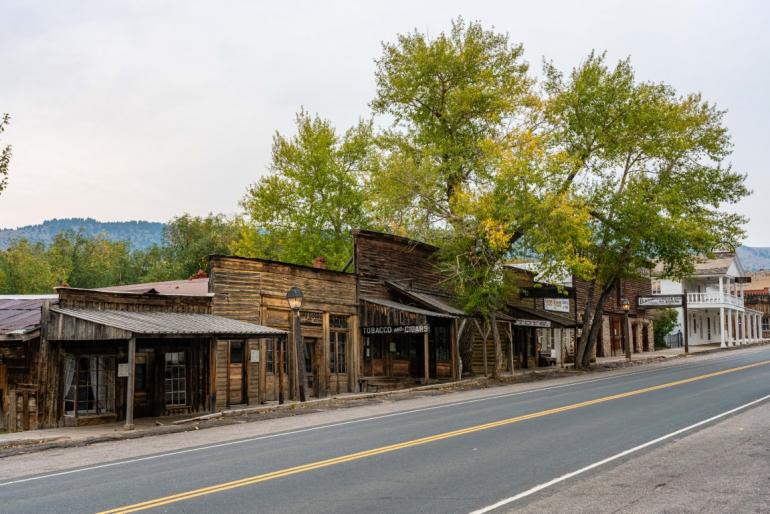
Further down Highway 2 brings you to US 287. Heading south, this will take you all the way to West Yellowstone through the town of Ennis. From Ennis, it is only 14 miles over to Virginia City. Virginia City (and its sister, Nevada City, just down the road) are former Nineteenth Century Montana “boom towns”, but remain active cities. Main Street is lined with buildings from the city’s colorful past, but it is more of an open-air museum than an abandoned ghost town.
Stroll down the boardwalks at your own pace, there is much to see and imagine here. Look inside many of the restored buildings and see how life was, often with manikins dressed in period clothes and the shops stocked with authentic period merchandise. There is even the building where a vigilante squad hung some particularly troublesome outlaws. Along the river are huge piles of riverbed, evidence of the massive dredging that took place there. One of these dredges, now a rusting ghost itself, can be seen in neighboring Nevada City. Slow down and take some time to wander through, pardner, you’ll be glad you did!
Coming back to Ennis, the highway picks up the Madison River for most of the way to West Yellowstone. Of the many “blue ribbon” trout streams for which Montana is known, none is more legendary than the Madison River. It rises within Yellowstone National Park and flows north to meet the Gallatin and Jefferson near the town of Three Forks to form the Missouri. It is a beautiful river and from Ennis, the highway follows it for about half its length. Coming into Ennis, the visitor is greeted with the following sign: “Welcome to Ennis Pop 840 people 11,000,000 trout” and that says it all. Ennis is basically a synonym for “fishing”. Here, you can find many outfitters for a day’s fly fishing on the river, or go alone from one of the many fishing access points found along Highway 287. Let the sound of the water soothe your inner soul!
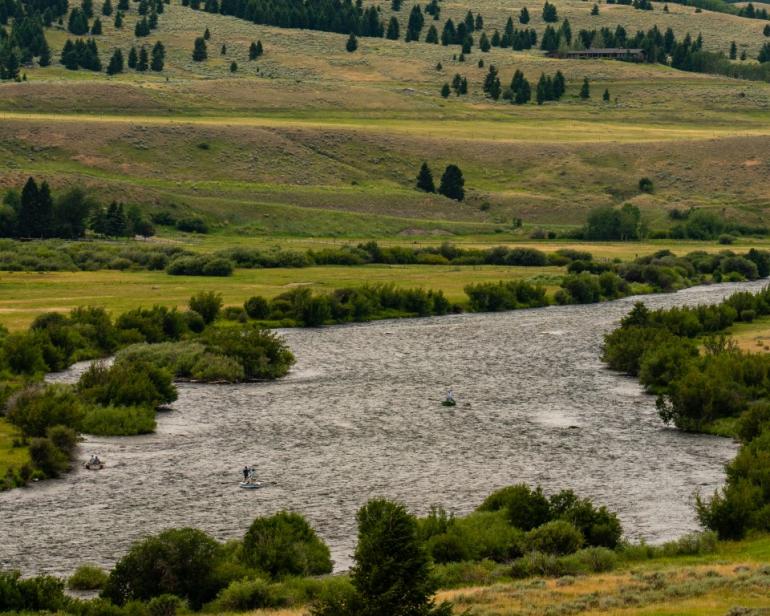
Rounding the southern end of Madison Range, 287 comes to Earthquake Lake. Near midnight on August 17th, 1959, an earthquake triggered a massive landslide here. The slide moved at 100 mph, and in less than 1 minute, over 80 million tons of rock crashed into the narrow canyon, blocking the Madison River and forming Earthquake Lake. At the time it was one of the largest earthquakes to occur in the lower 48 states. Twenty-eight people, camped at the campground below, lost their lives in the event. The quake also produced profound changes in nearby Yellowstone National Park. The Visitor’s Center above the road provides a wealth of information on the quake, as well as a great viewing area of this unique, outstanding scenic and geological area.
Another half-hour more brings you into West Yellowstone and the western entrance into Yellowstone National Park. However, before rushing into the Park, check out the Grizzly Wolf Discovery Center, which is a not-for-profit, kid-friendly wildlife park and educational facility. It offers a chance to see grizzly bears and gray wolves (and now river otters, too), in a natural habitat while learning about their behavior, history, and population decline. Watch the bears forage for food and play, as well as view two separate wolf packs through floor-to-ceiling windows. In mornings and evenings, you might be graced with hearing the pack’s haunting howls.
Whether you have done this trip from East Glacier to West Yellowstone or the other way around, I hope this little tour leaves you with a fuller impression of what Montana really is. Of course, there are plenty of other great locations to visit outside of this rather narrow corridor, but that will have to be for your next visit!
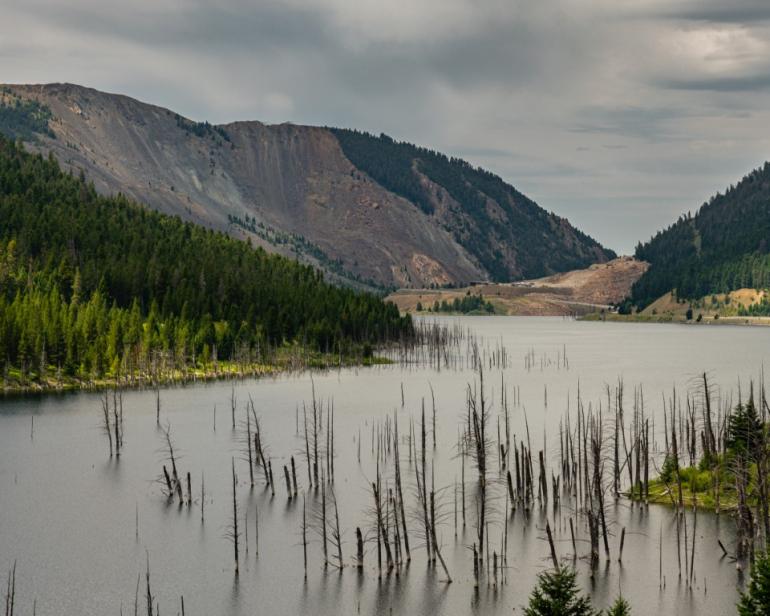

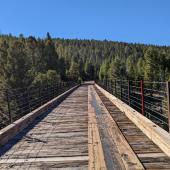
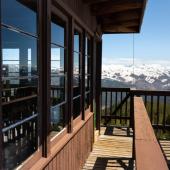
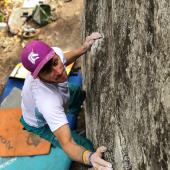
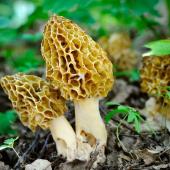
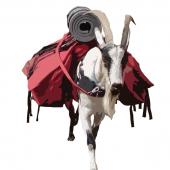
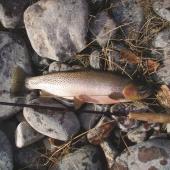
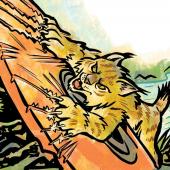
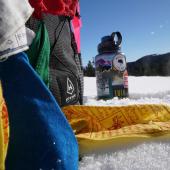
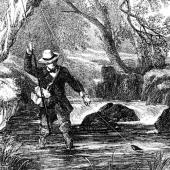
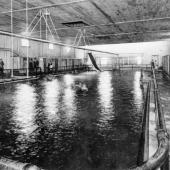
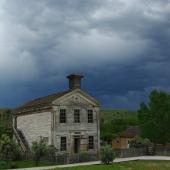
- Reply
Permalink